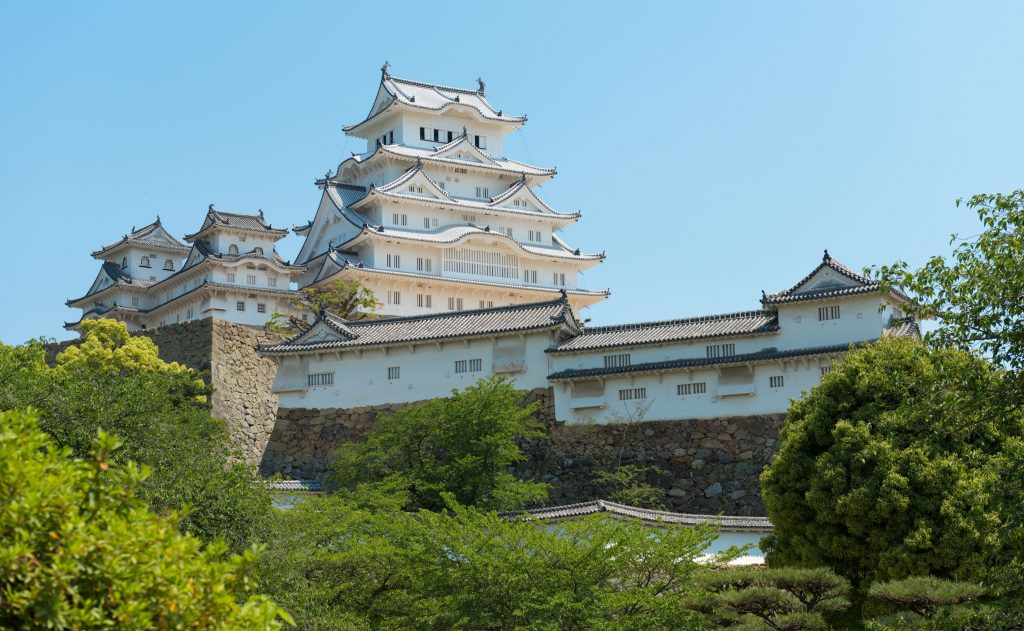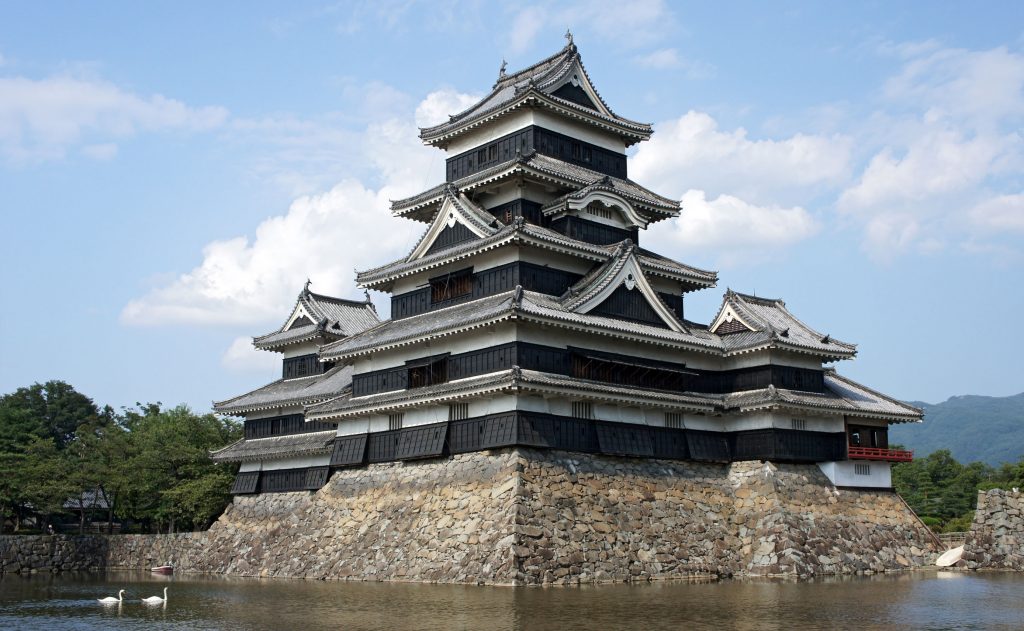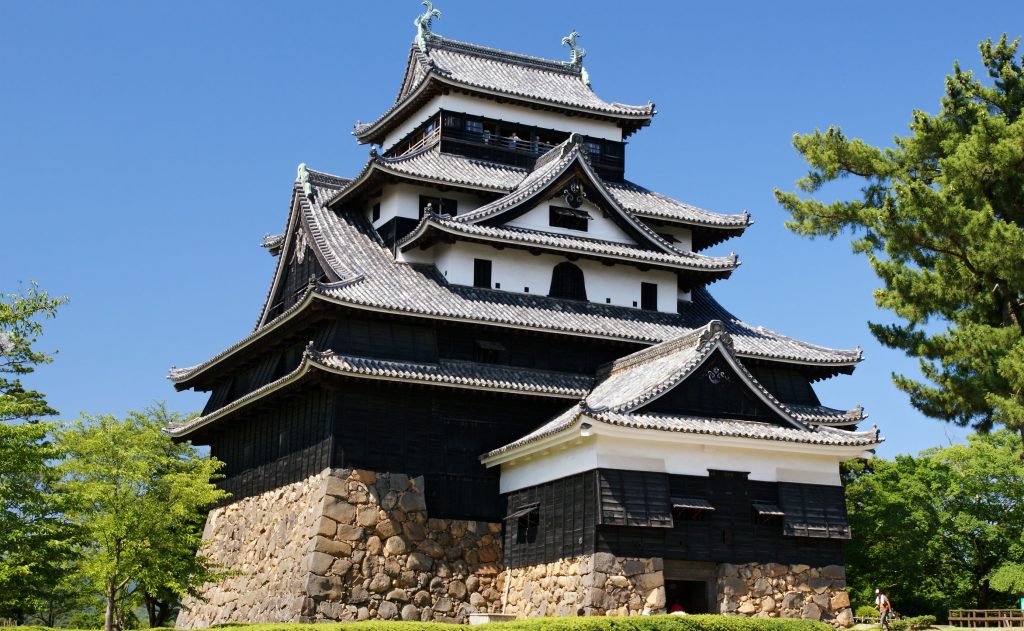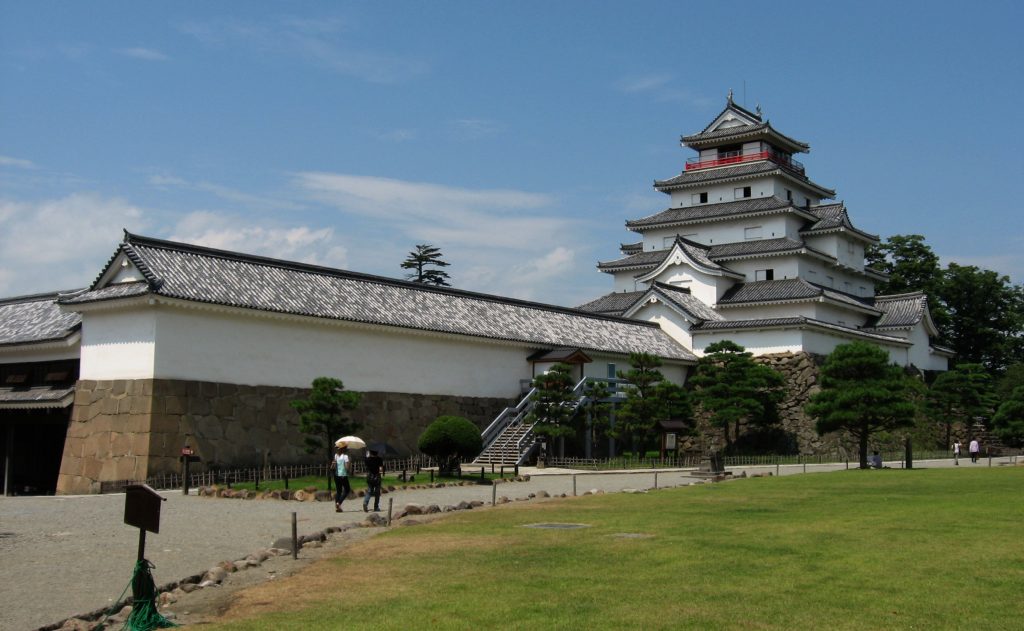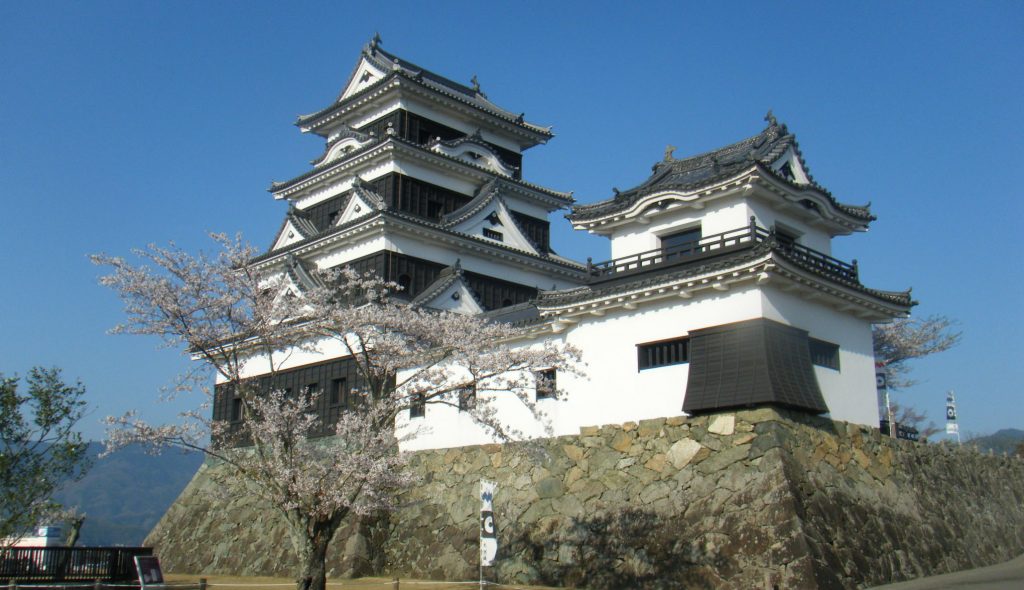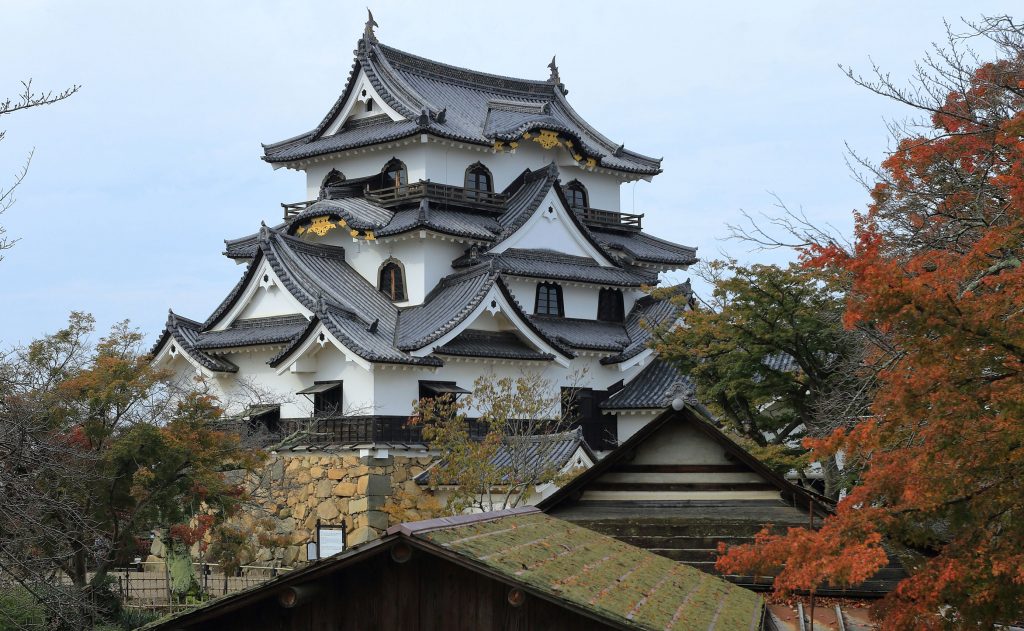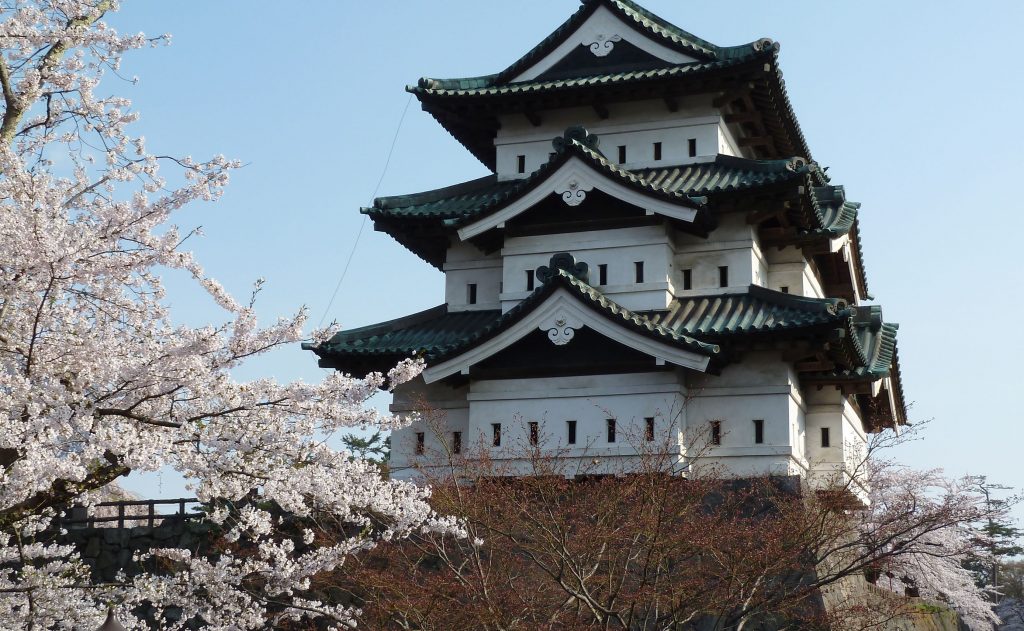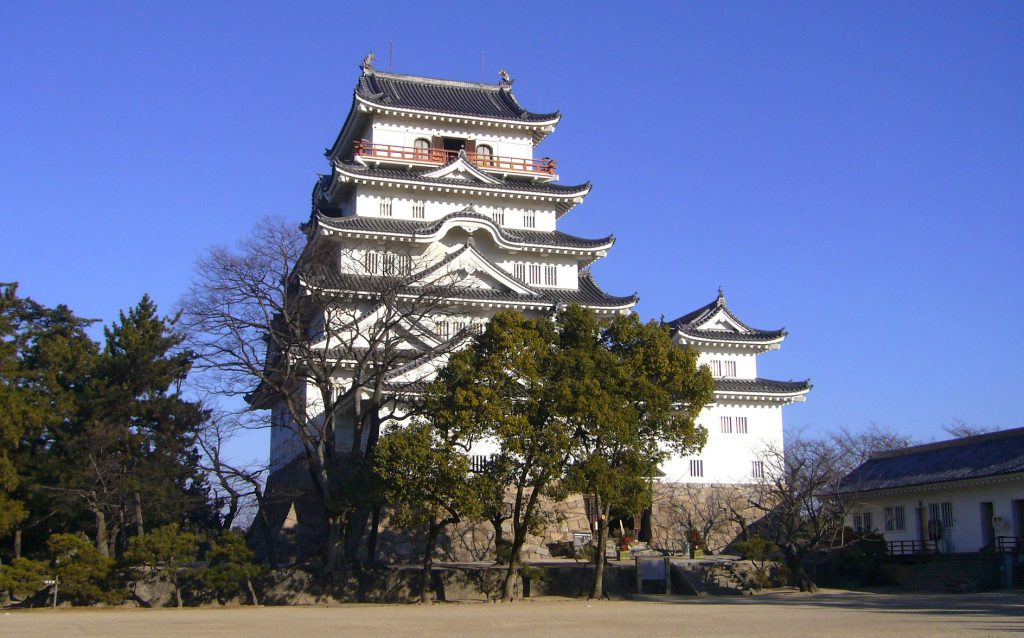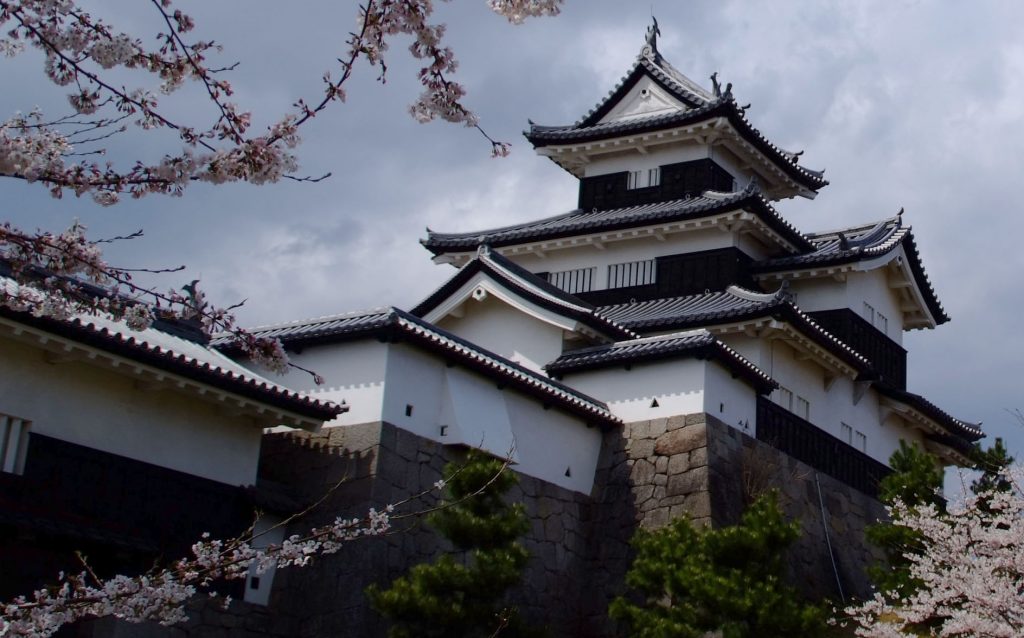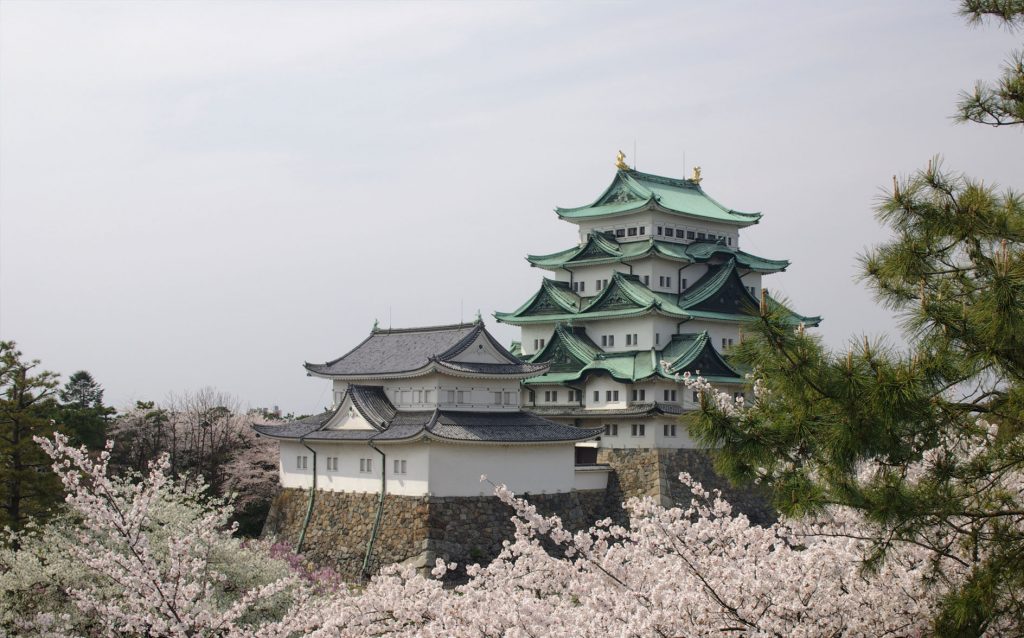DepthReading
10 historic castles of Japan
Japanese castles were fortresses constructed primarily of wood and stone. They evolved from the wooden stockades of earlier centuries and came into their best-known form in the 16th century. Castles in Japan were built to guard important or strategic sites, such as ports, river crossings, or crossroads, and almost always incorporated the landscape into their defences.
1 – Himeji Castle
Construction of Himeji castle first dates to 1333, when Akamatsu Norimura, a Japanese samurai of the Akamatsu clan built a fort on the Himeyama Hill in what is now the modern city of Himeji.
The castle is regarded as the finest surviving example of prototypical Japanese castle architecture, comprising a network of 83 buildings with advanced defences from the feudal period.
Himeji Castle – Image Credit : Niko Kitsakis
2 – Matsumoto Castle
Matsumoto Castle, also known as the “Crow Castle” due to the black exterior was the seat of the feudal Matsumoto Domain under the Tokugawa shogunate in the city of Matsumoto.
The castle’s origins go back to the Sengoku period. At that time Shimadachi Sadanaga of the Ogasawara clan built a fort on this site in 1504, which originally was called Fukashi Castle.
For the next 280 years until the abolition of the feudal system in the Meiji Restoration, the castle was ruled by the 23 lords of Matsumoto representing six different daimyō families.
Matsumoto Castle – Image Credit : 663highland
3 – Matsue Castle
Matsue Castle, nicknamed the “black castle” or “plover castle” is one of the few relatively original feudal castles in Japan and not a modern reconstruction.
The construction of Matsue Castle began in 1607 in Shimane and finished in 1611, under the local lord Horio Yoshiharu.
Matsue Castle – Image Credit : 663highland
4 – Aizuwakamatsu Castle
Aizu-Wakamatsu Castle, also known as Tsuruga Castle is a reconstruction of the original fortress and built in 1965 in the city of Aizuwakamatsu.
The castle was first constructed by Ashina Naomori in 1384, and was originally named Kurokawa Castle. It was the military and administrative centre of the Aizu region until 1868.
The castle was besieged in the Battle of Aizu by the forces of the newly formed Imperial army in 1868 during the Boshin War. After a month of isolated defence, the castle buildings, pockmarked by artillery during the siege and structurally unstable, were demolished by the new government in 1874.
Aizuwakamatsu Castle – Image Credit : Σ64
5 – ōzu Castle
ōzu Castle, also called Jizōgatake Castle was first constructed in 1331, but the present castle now represented in a 2004 reconstruction is based on the architectural designs that date from 1585-1617.
The castle was the seat of various local warlords until eventually succumbing to fire in 1888.
ōzu Castle – Image Credit : As6673
6 – Hikone Castle
Hikone Castle is an Edo-period fortification in the city of Hikone. Hikone Castle traces its origin to 1603 when Ii Naokatsu, son of the former daimyō Ii Naomasa, ordered its construction.
When the Meiji era began in 1868, many castles were scheduled to be dismantled, and only a request from the emperor himself touring the area kept Hikone Castle intact. Today it remains one of the oldest original-constructed castles in Japan.
Hikone Castle – Image Credit : Martin Falbisoner
7 – Hirosaki Castle
Hirosaki Castle is a hirayama-style Japanese castle constructed in 1611 in Hirosaki.
The castle was the seat of the Tsugaru clan, a 47,000 koku tozama daimyō clan who ruled over the region. With the Meiji Restoration and subsequent abolition of the han system, the Tsugaru clan surrendered the castle to the new Meiji government.
Hirosaki Castle – Image Credit : ぺ有家音
8 – Fukuyama Castle
Fukuyama Castle, also called Hisamatsu Castle and Iyō Castle was the seat of the Bingo-Fukuyama Han during the Edo period.
The castle is a reconstruction of the original 1619 fortress that was first built on a hill on the Fukuyama plain and was the capital of Bingo Fukuyama Han.
Fukuyama Castle – Image Credit : 663highland
9 – Komine Castle
Komine Castle was home to the Abe clan, daimyō of Shirakawa Domain and constructed in 1340.
During the Battle of Aizu in 1868, Shirakawa was the site of a major battle between the pro-Tokugawa ōuetsu Reppan Dōmei and the pro-imperial Satchō Alliance. On May 1, 1868 the castle was largely destroyed by the superior firepower of the Satchō Alliance artillery.
Following the Meiji restoration, the remaining castle structures were destroyed but reconstructed in 1991 on the original foundation of the donjon.
Shirakawa Komine – Image Credit : Ozizo
10 – Nagoya Castle
Nagoya Castle was constructed in Nagoya during the Edo period that saw various phases of expansion and restoration.
A precursor castle was built between 1521 and 1528 during the Taiei era, with full-scale construction being undertaken by the shōgun Tokugawa Ieyasu in 1609.
After the end of the Shogunate, the Owari branch decided to submit to the emperor and in 1870 parts of the castle were demolished.
The castle has since been used as an imperial villa, a district army headquarters and the administration office of the Nagoya POW camp during WW2.
Nagoya Castle – Image Credit : 名古屋太郎 – 投稿者が撮影
Header Image: Himeji Castle – Image Credit – CC License
Category: English
DepthReading
Key words:

